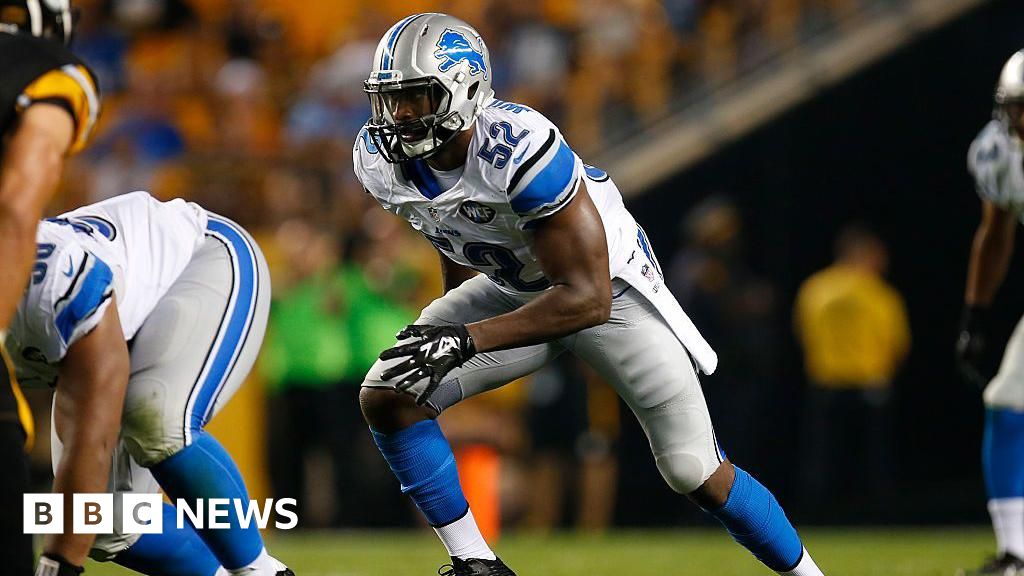ARTICLE AD BOX
 Image source, Reuters
Image source, Reuters
Damage from Cyclone Gabrielle can be seen in Hawke's Bay, one of the hardest hit areas
By Alexandra Fouché
BBC News
New Zealand's prime minister says he expects there to be more deaths from a violent storm which killed eight people and cut off hundreds of communities.
More than 4,500 people have yet to be contacted after Cyclone Gabrielle hit on Monday, causing significant flooding and landslides across the North Island.
Many cities and towns are also without power or clean drinking water.
"This is undoubtedly the biggest natural disaster that we've seen probably this century," Prime Minister Chris Hipkins said.
The storm damaged hundreds of mobile phone masts, and Mr Hipkins said many of the thousands of uncontactable people are likely to be found alive and well. But he warned that people need to "brace themselves" for more fatalities.
Some 10,000 people are also estimated to be displaced.
Cyclone Gabrielle: Trapped workers use fridge and mattress to navigate floods
One of the confirmed deaths was a two-year-old girl, whose family watched her being swept away in flood waters.
Ella Louise Collins, her husband and their two children were trapped in their one-storey home in Hawke's Bay, one of the hardest hit areas.
"The water was about 10cm (4in) from the ceiling in our house and rose extremely quickly and violently," she wrote in a Facebook post on Thursday, quoted by the AFP news agency.
They tried to reach a neighbour's roof for safety, but were stopped by what Ms Collins called "a sudden torrent of water which almost drowned us all".
The water swept away her daughter Ivy, who drowned.
In other heart-breaking stories, rugby league star Issac Luke lost his father George, who was killed by a landslide on North Island earlier this week.
One woman, Rachel Greene, paid a moving tribute to her mother Marie, whose body was found in the roof cavity of her cottage by her landlord's son after the cyclone.
It took Rachel four days to find out what had happened, after multiple phone calls to Marie went to voicemail.
"I want everyone to know what an amazing person she was and how loved she was," Rachel told New Zealand news outlet Stuff.co.nz.
Cyclone Gabrielle is estimated to have affected at least a third of the New Zealand's population of five million.
The storm's damage has been most extensive in coastal communities on the far north and east coast of the North Island - with areas like Hawke's Bay, Coromandel and Northland among the worst hit.
The situation in Hawke's Bay, a popular tourist destination with some remote towns, has been of particular concern to authorities.
On Friday, some 62,000 homes nationwide were still without power.
New Zealand announced a national state of emergency on Tuesday, which allows it to streamline its response to the disaster.
The country has only previously declared a national state of emergency on two occasions - during the start of the Covid-19 pandemic and following the 2011 Christchurch earthquake.
New Zealand's climate minister has attributed the scale of the disaster to climate change.
Cyclone Gabrielle hit New Zealand's North Island just two weeks after record downpours and flooding in the same region. Four people died in those floods.

 1 year ago
42
1 year ago
42









 English (US)
English (US)